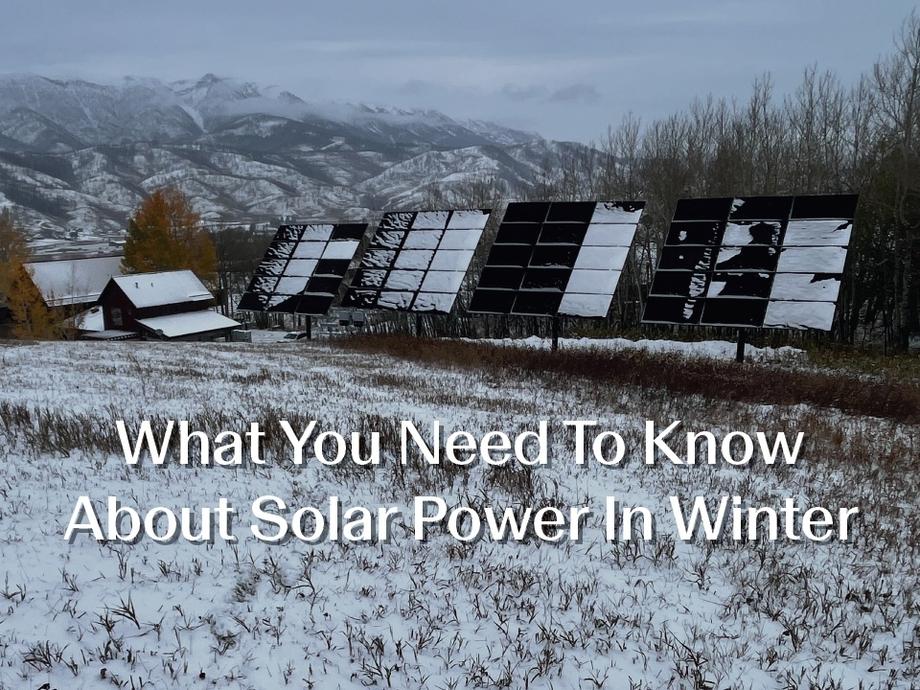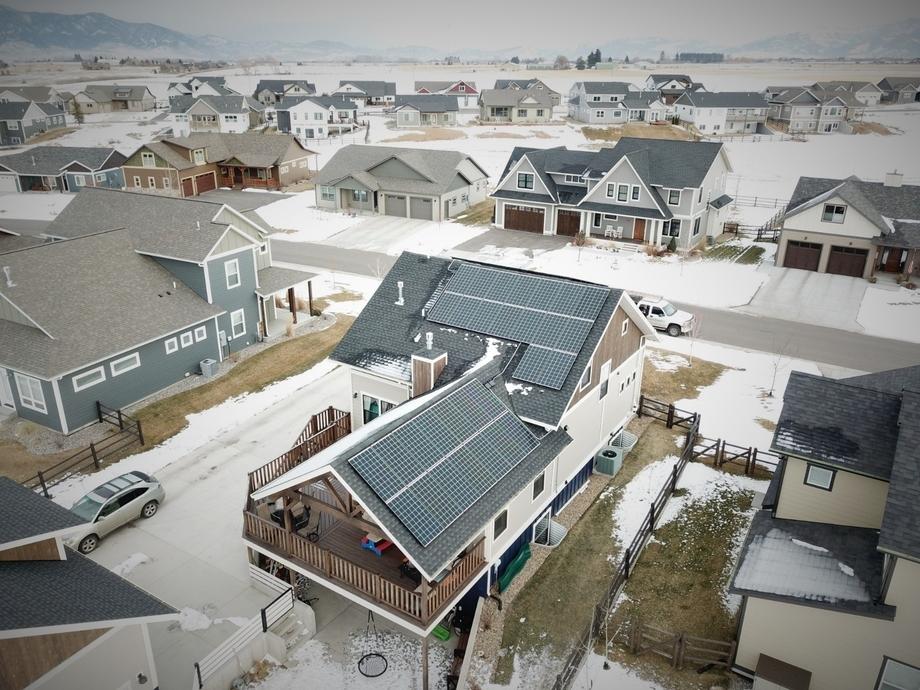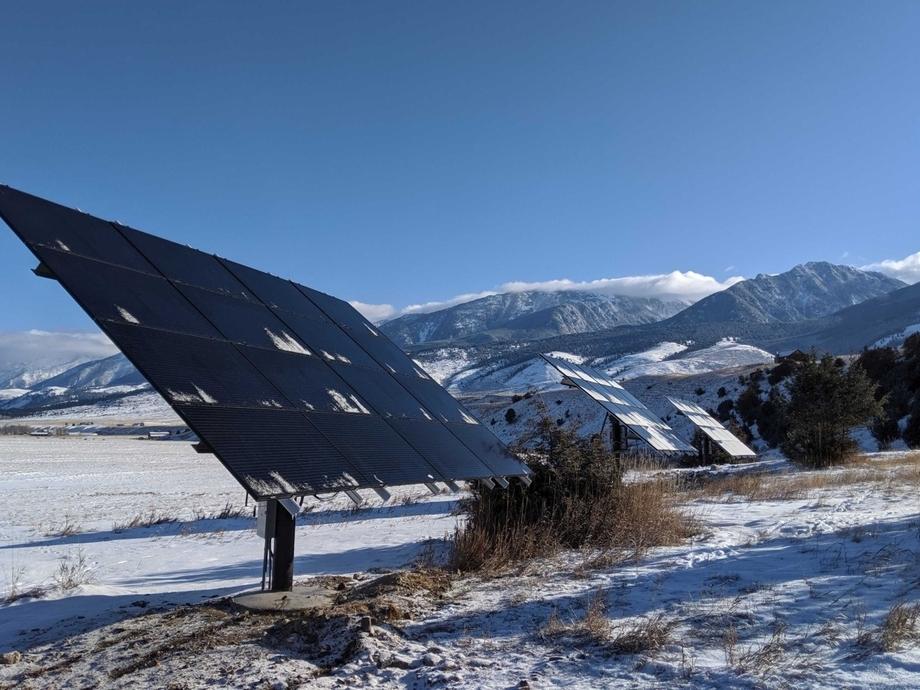What You Need To Know About Solar Power In Winter
Announcements
October 27, 2023
What You Need To Know About Solar Power In Winter
Winter Solar Production in Montana
Do solar panels work in Montana in winter?
Do I need to clear snow from the roof?
What about shorter days in the winter?
What Is Net Metering And Why Is It Important During the Winter?
Is Winter A Good Time To Get Solar?



Winter Solar Production in Montana
The first hard frost happened, the first snowstorm fell, and then subzero temperatures. Montana is known for long, cold winters, and can lead to hesitations or misconceptions about solar power during the winter. Many wonder about the efficiency of solar panels during the colder months, especially the shorter days and longer nights. Indeed, solar production during the winter months goes down, but that doesn’t mean solar in Montana isn’t a viable option. It’s the opposite, actually. In this blog post, we’ll unravel the common questions about winter solar production in Montana. You can learn more about OnSite Energy or request a quote to see if solar is right for you at www.onsiteenergyinc.com.
Do solar panels work in Montana in winter?
Absolutely! As long there is sunshine (even on a cold day), the solar panels absorb the photons from the sunlight to generate electricity for the photovoltaic cells. Solar power is about light, not heat. A bright sunny day during winter can mean higher efficiency for your solar energy system. How so? Solar photovoltaic systems are made of semiconductor materials that excite electrons to create an electric current. In a cooler environment, the wider the energy band is to expand the voltage, the more efficient the system. Think of the voltage as the “oomph” to produce electricity.
Do I need to clear snow from the roof?
The short answer is no. Solar panels are designed to be resilient in all weather conditions. After installation, solar panels are positioned at an angle that helps the snow slide right off when the sun comes out. In addition, it’s not necessary to climb up to your on a potentially slippery surface at your own risk for your safety. At OnSite, we want you to be safe, and we don’t recommend climbing up to your to clear off the solar panels.
What about shorter days in the winter?
Though winter days are shorter and often can be gloomy or snowy, solar panels are designed to perform to maximize solar energy even in limited daylight. The majority of your solar production happens during the summer months and sunny days, which you can bank in the energy credits to use in the winter. That’s where net metering plays, and we’ll get into that next.
What Is Net Metering And Why Is It Important During the Winter?
When your solar panels produce more electricity than you consume, the surplus is sent back to the power grid. The energy surplus is measured on a meter and tells the utility company the amount of electricity contributed and banks it as credits in return. When the solar panels produce enough to meet the energy demand, the accumulated credits bring power from the grid. During the winter months, solar panels generate less electricity due to shorter days and snow cover. The energy surplus from the longer summer days gets credited to your energy account to offset the energy costs in the winter.
Is Winter A Good Time To Get Solar?
Yes. A benefit of getting bids for solar during the winter is getting in time right before the peak season when solar panels produce electricity. This will offset your energy bills almost immediately, so you can enjoy the benefit of lower energy bills right away. The second reason is Net Metering restarts annually on April 1st. Installing the solar system before or near April 1st is beneficial because once the annual Net Metering period ends on that date, the credits don’t roll over and start over with a zero balance. If interested in getting solar today, request for a quote from us so we can do a site analysis and assessment on your property.

What You Need To Know About Solar Power In Winter

A drone shot of a residential solar array in Bozeman with snow on the roof and ground.

Residential ground mount solar array with snow on the ground and mountains behind.


